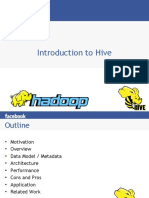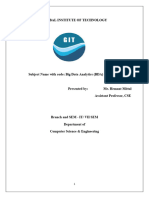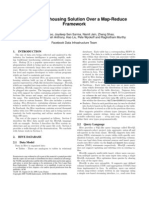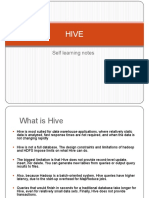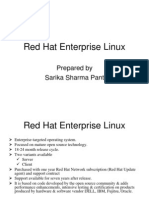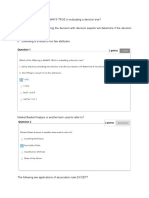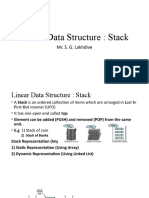0% found this document useful (0 votes)
60 views36 pagesModule 06 Hive - Distributed Data Warehouse
The document outlines the technical principles of Hive, a data warehouse tool that operates on Hadoop and supports large-scale data management and querying. It highlights the enhanced features of FusionInsight HD's Hive, including customization options, improved reliability, and performance compared to traditional data warehouses. Additionally, it provides an overview of Hive's architecture, SQL operations, and various functionalities such as data partitioning, encryption, and traffic control.
Uploaded by
Lucas OliveiraCopyright
© © All Rights Reserved
We take content rights seriously. If you suspect this is your content, claim it here.
Available Formats
Download as PDF, TXT or read online on Scribd
0% found this document useful (0 votes)
60 views36 pagesModule 06 Hive - Distributed Data Warehouse
The document outlines the technical principles of Hive, a data warehouse tool that operates on Hadoop and supports large-scale data management and querying. It highlights the enhanced features of FusionInsight HD's Hive, including customization options, improved reliability, and performance compared to traditional data warehouses. Additionally, it provides an overview of Hive's architecture, SQL operations, and various functionalities such as data partitioning, encryption, and traffic control.
Uploaded by
Lucas OliveiraCopyright
© © All Rights Reserved
We take content rights seriously. If you suspect this is your content, claim it here.
Available Formats
Download as PDF, TXT or read online on Scribd
/ 36



































